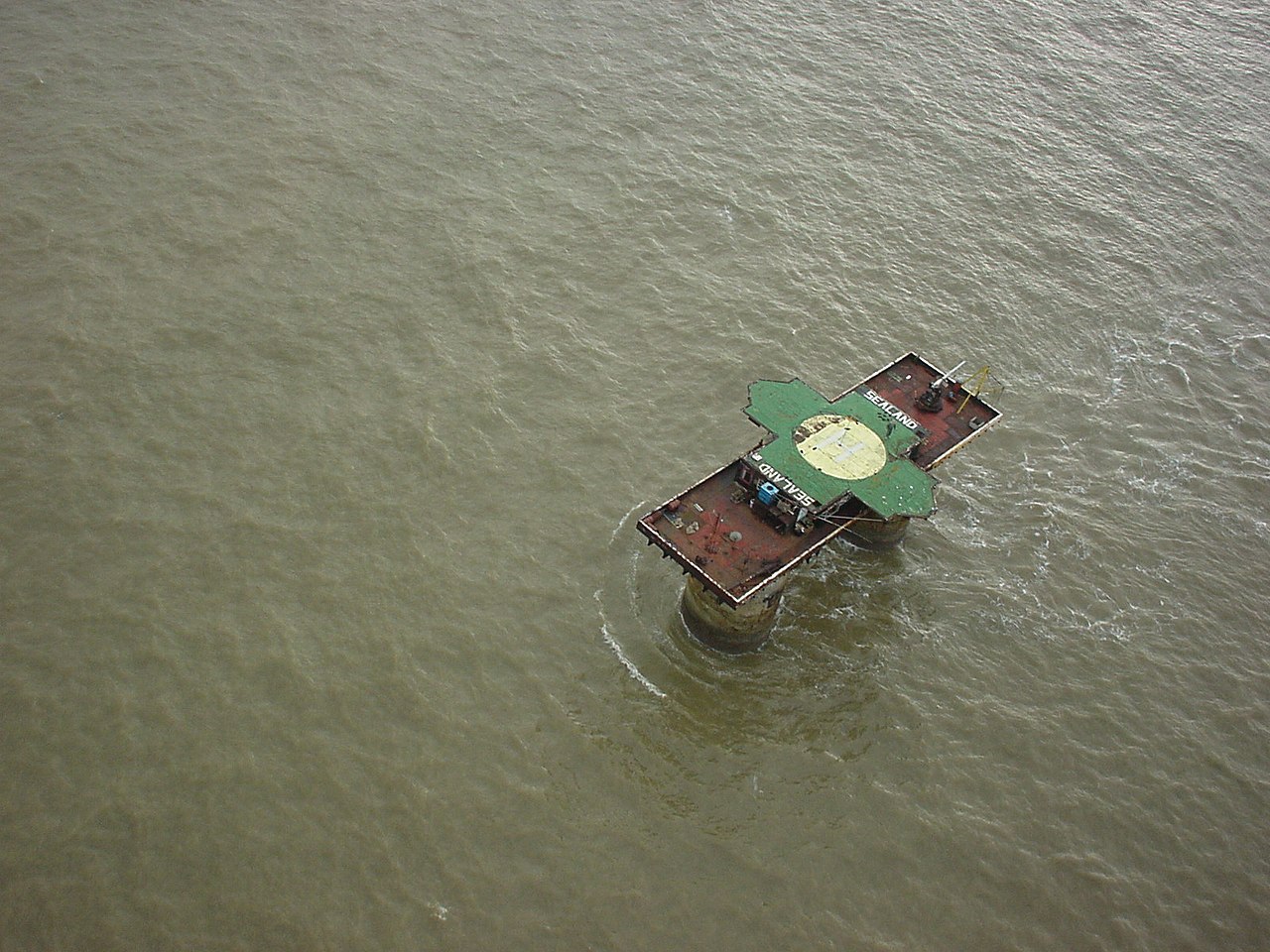The Red Sands Forts, often referred to as Maunsell Forts, are a remarkable set of sea forts located off the coast of England in the Thames Estuary. These iconic structures have a rich history and are a testament to Britain’s innovative approach to maritime defense during World War II. In this article, we will delve into the fascinating history of the Red Sands Forts, from their construction to their current state as enduring maritime relics.
In the early 1940s, as World War II raged across Europe, the United Kingdom found itself under the constant threat of German air raids and naval attacks. To protect against these dangers, Guy Maunsell, a British civil engineer, proposed a series of sea forts that would serve as defensive platforms. These forts were envisioned as offshore anti-aircraft gun platforms to safeguard the vital Thames Estuary and the shipping lanes leading to London. Their construction began in 1943, marking the birth of the Red Sands Forts. The design of the Red Sands Forts was ingenious. They were constructed on land, floated to their designated locations, and then sunk onto the seabed, supported by reinforced legs. This innovative construction method made them remarkably stable in the often tumultuous waters of the Thames Estuary.

During the Second World War, the City of London was a major target for both naval and aerial bombardment. In 1943, numerous towers were built in the Thames Estuary as anti-aircraft defences to protect the capital. The forts were initially built on land and floated out to sea in 1943. The forts had some success. The soldiers stationed there shot down a total of 22 attacking German aircraft and 30 doodlebugs, protecting densely populated London from even more devastation.
Later in the war, the equipment was replaced, and removed soon after. The forts were eventually abandoned in 1958. It wasn’t until 1964 that the Forts served a new purpose. Screaming Lord Sutch set up Radio Sutch (a pirate radio station) in one of the old towers. However, he soon became bored and handed the project to his friend and unpaid manager Reginald Calvert, who then expanded into all five towers that were still connected and called it Radio City. After the station was shut down in 1967, the Red Sands Forts were yet again abandoned and remained offshore, slowly rusting away. Luckily, a planned restoration of the forts was scheduled in 2020, but was delayed by COVID 19 pandemic. It is planned for the forts to become a museum once restored.

The Red Sands Forts were composed of seven interconnected towers. These towers were equipped with anti-aircraft guns and provided a base for the military personnel stationed there. Each tower was self-contained, with its own living quarters, ammunition storage, and radar equipment. The towers were connected by walkways, forming a small military complex. Living conditions on the Red Sands Forts were far from luxurious. The forts were exposed to the harsh North Sea elements, and the small crews stationed there endured challenging conditions. However, these men played a crucial role in safeguarding the Thames Estuary, intercepting and deterring enemy aircraft and naval vessels.

With the end of World War II, the need for the forts as defensive structures diminished. They were briefly used for various purposes, including as pirate radio stations and even a nightclub, but over time, they fell into disrepair. The forts were eventually abandoned and left to the elements.
In recent years, there has been a growing interest in preserving the Red Sands Forts as historical landmarks. Efforts have been made to restore and protect these iconic structures. The Maunsell Forts Restoration Project, initiated by a group of dedicated individuals, aims to revitalize the forts and transform them into a tourist attraction and a lasting reminder of Britain’s wartime history. The Red Sands Forts, a remarkable feat of engineering and a testament to the ingenuity of the British during World War II, continue to stand as iconic structures in the Thames Estuary. These forts, once guardians of the vital shipping lanes to London, have found a new lease on life as historical landmarks. Their enduring presence on the horizon serves as a reminder of the challenges faced and the resilience shown during one of the most tumultuous periods in modern history.
